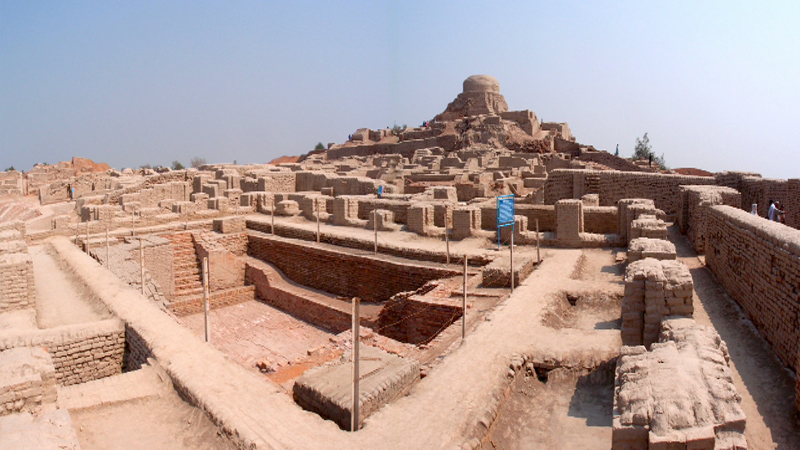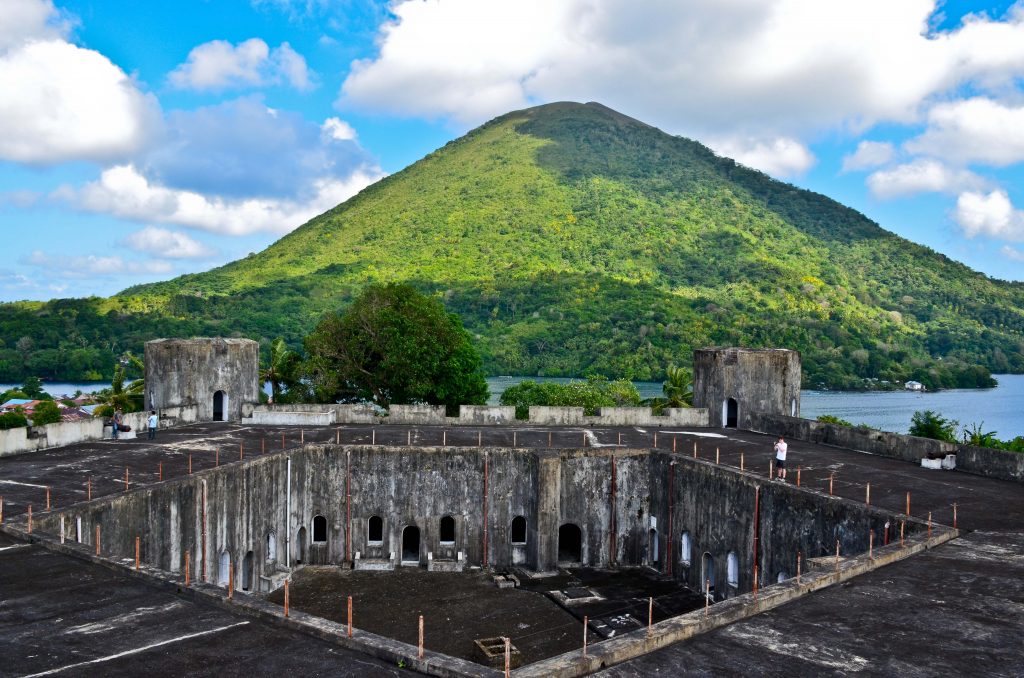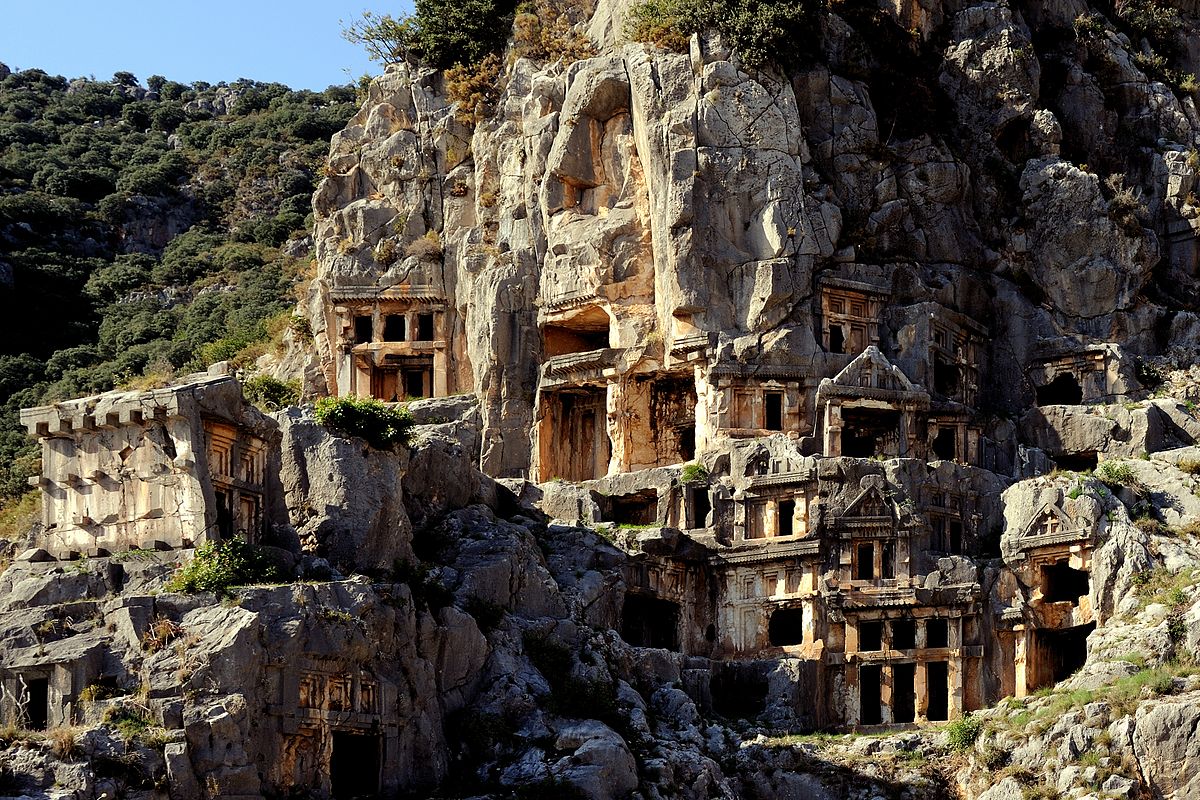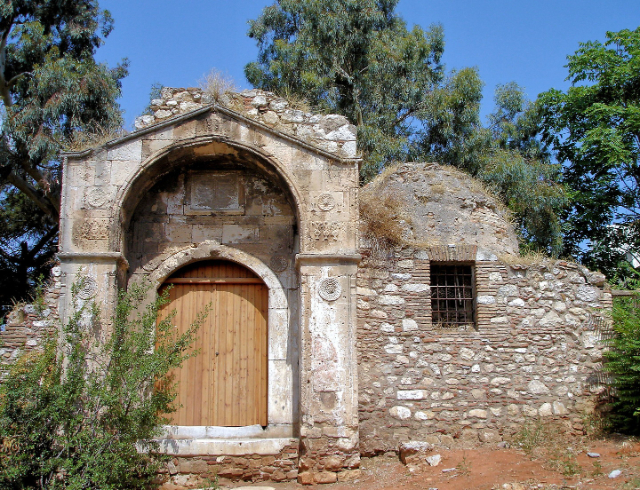Mohenjo Daro is an archaeological site that still represents an exciting question, ancient seat of a civilization, whose causes of the sudden disappearance are ignored, which adopted a pictographic type of writing with a still unknown meaning and where cotton clothes were worn; the oldest discovered so far. Mohenjo Daro, a place where there are no tombs, is called the Hill of the Dead.
It is the place of skeletons " extremely radioactive " (2). Skeletons, with traces of carbonization and calcination, now disappeared, which researchers have witnessed instantaneous and violent deaths.
Remains of men, women and children, and not of warriors who died in battle. No weapons were found, and no human remains bear wounds produced by weapons of war.
The locations and places where the bones were found indicate instantaneous deaths, which occurred without having the material time to realize what was happening; people were caught in the course of their usual daily actions. They went from sleep to death, along with dozens of elephants, oxen, dogs, horses, goats and deer.
The city came back to light in 1921, when archaeologist Daya Harappa, from whom the discovered civilization took its name, was commissioned to recover the ruins of a Buddhist temple located on a small island in the middle of the Indus.
Earlier in 1856, John and William Brunton, who were commissioned to build a section of railway, reported that there were ruins in the area from which numerous bricks were taken to build a railway embankment.
The excavations, continued by the Pakistani government, have returned as many as seven cities, one on top of the other, and others would be found if excavations continued below river level.
Seven cities that twin this hill with that of Troy.
(Taken from Pleyades Library)













